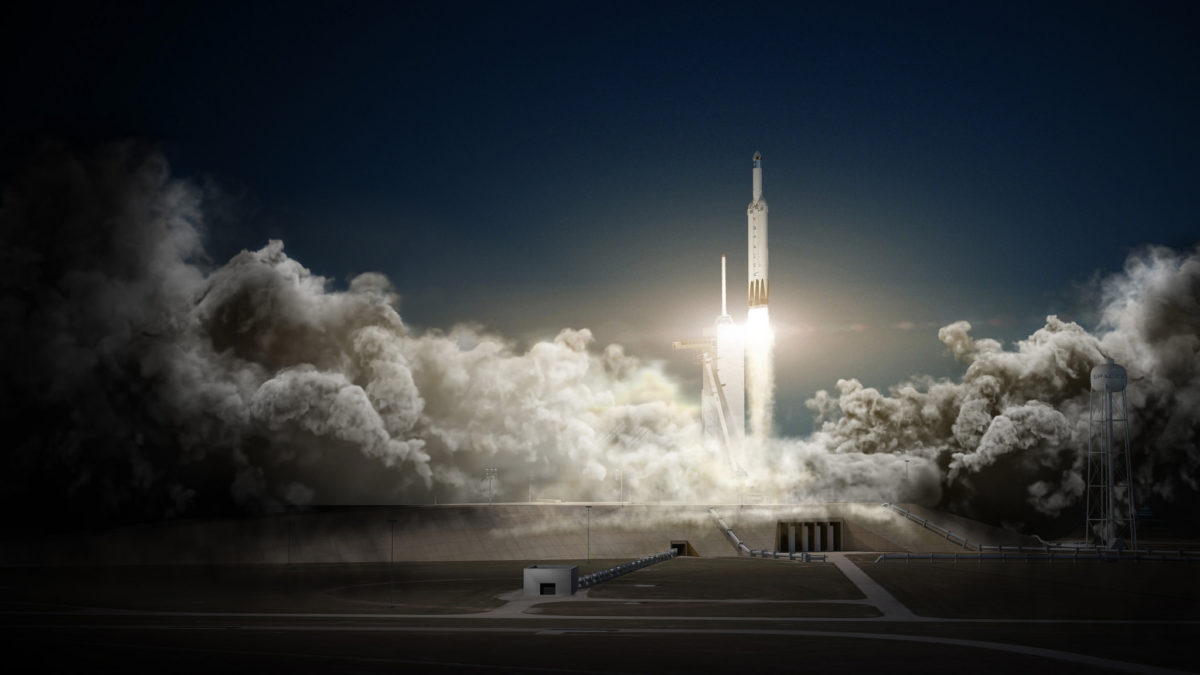
Have you ever thought of flying to space? Usually, only highly trained and well-skilled individuals get the chance to live this exciting experience. Space agencies like NASA or ESA are recruiting, training, and sending them to space. Among the many requirements to apply to become a NASA astronaut, there is U.S. citizenship, a Master’s degree, or equivalent experience in a STEM field (NASA, 2023). Even after fulfilling these conditions, there are thousands of people sharing the same dream. Only in the class of 2021, NASA had to choose 10 individuals from the pool of 12,000 applications (Rosa-Aquino, 2022), whereas ESA chose 5 career-astronauts from the amount of around 22,000 valid applications (ESA, 2022).
However, as the space industry is growing, the access to space also starts opening its doors to more people. Previously focused mainly on science and exploration, now another goal is to democratize space and let humans experience “The Overview effect” with programs such as Space for Humanity. The program expects a passion and a captivating story from the applicants wanting to become a Citizen Astronaut.
But what do tools like ChatGPT or Generative AI as a whole have to do with this matter?
They equip us with possibilities of preparation and serve as a source of ideas and knowledge that can bring everyone closer to flying to space. Starting with a basic space knowledge, needed preparation and creating a plan on how to train like an astronaut, all of these examples can be provided with just a prompt.
I personally asked ChatGPT to help me better understand how rockets work, how does the usual rocket launch look like and to provide me with more information about orbits and microgravity. Here is a short comprehensive lesson that it has provided me with.


Of course, there is also a ton of materials online that could possibly even better and more reliably serve as a guidance. However, Generative AI Large Language Models can provide a personalised experience on gaining the basic knowledge and planning various activities. And that’s only one of many applications shared from my interest, where AI can become a personal guide and a first step to exploring a new passion.
References
NASA. (2023, July 25). Astronaut requirements. NASA. https://www.nasa.gov/general/astronaut-requirements
Rosa-Aquino, P. (2022, November 25). Here’s how NASA determines which applicants make it to be astronauts. ScienceAlert. https://www.sciencealert.com/heres-how-nasa-determines-which-applicants-make-it-to-be-astronauts
ESA. (2022, February 10). Final figures show astronaut applicants from all ESA member states. https://www.esa.int/About_Us/Careers_at_ESA/ESA_Astronaut_Selection/Final_figures_show_astronaut_applicants_from_all_ESA_Member_States









